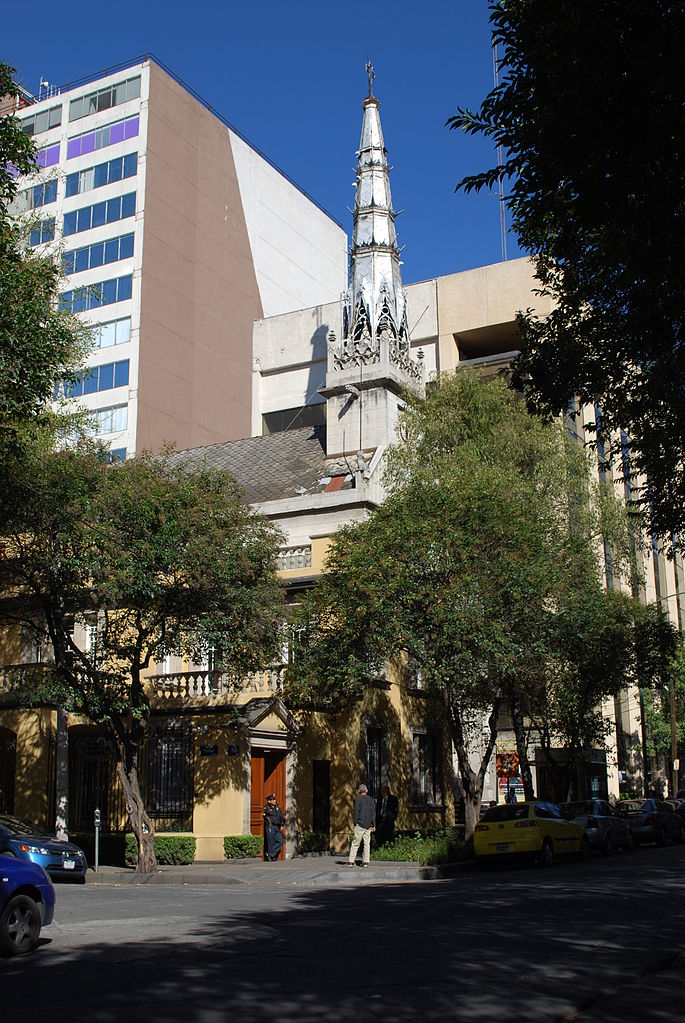
The Church of Santo Niño de la Paz is almost hidden amongst the office buildings of the western section of Paseo de la Reforma. Sometimes called the Parroquia de Praga, it’s on the street named for the Czech capital.
The church is best recalled for it’s stark Germanic Neo-Gothic style, none to common in Mexico City. The chapel was originally a private oratory of the Escandon family. It was built for the family on the plot that also contained their several homes which had been constructed between 1900 and 1901.
According to the parish records, in about 1923 Mrs. Catalina Escandón wished to make good on a promise made in 1911 to Pope Saint Pius X. She’d absolved that the image of the Child God, blessed by the Pope, would be publicly worshipped and known as the Holy Child of Peace. The Pope is thought to have been acting in response to the Mexican Revolution only recently concluded.
The first stone was laid in 1923, but construction was not completed until 1938, due, among other things, to the Cristero War.
This work is considered an important example of historicist architecture built in the twentieth century, which is why it is cataloged as a representative example of neo-Gothic in Mexico City.
 parroquianinodelapaz@gmail.com
parroquianinodelapaz@gmail.com
 55 5514 2662
55 5514 2662
 https://www.facebook.com/Parroquia-del-Santo-Ni%C3%B1o-de-la-Paz-341798462592754/
https://www.facebook.com/Parroquia-del-Santo-Ni%C3%B1o-de-la-Paz-341798462592754/
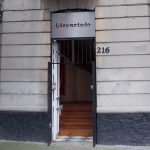
Nearest at 0.06 kms.

Nearest at 0.10 kms.
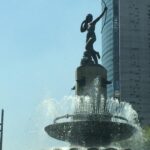
Nearest at 0.17 kms.

The seat of Peru's diplomatic mission to Mexico . . .

One of the grand old markets of Lagunilla in a cavernous historic building . . .
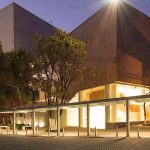
One of the most prominent theatrical stage in all of Mexico . . .

A 1978 work by one of Mexico City's most-acclaimed sculptors . . .
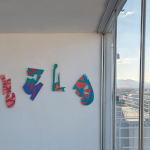
A high-rise gallery of art and architecture on the very eastern edge of Tlatelolco . . .